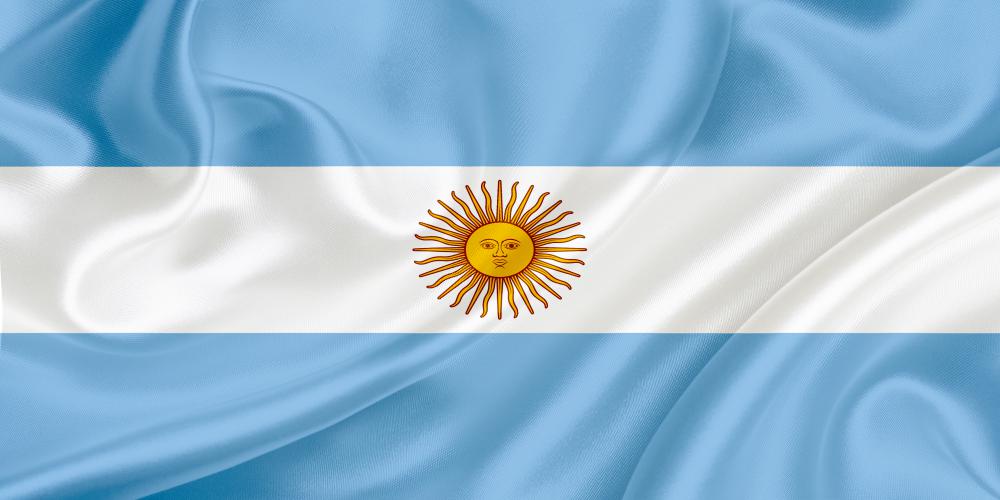At WiseGEEK, we're committed to delivering accurate, trustworthy information. Our expert-authored content is rigorously fact-checked and sourced from credible authorities. Discover how we uphold the highest standards in providing you with reliable knowledge.
What Should I Know About Argentina?
Argentina is a large country in South America. It covers roughly one million square miles (2.7m sq. km), making it the eighth largest country on earth, and about a third the size of the United States. It borders Bolivia, Brazil, Chile, Paraguay, and Uruguay, and has coastline along the Atlantic Ocean.
The first settlements in Argentina date back to approximately 11,000 BCE. A number of indigenous groups settled throughout the land, but overall the population was quite sparse. At the end of the 15th century the Inca conquered a section of northern Argentina.

At the beginning of the 16th century Spain arrived in Argentina, establishing their first permanent settlement by the end of the 16th century. For the next few hundred years Argentina remained a Spanish colony, first as a part of the Viceroyalty as Peru, and later as part of a separate Viceroyalty of the Rio de la Plata. The first part of the 19th century saw revolution sweep across South America, following the French and American revolutions. In 1816, after less than a decade of intense campaigning, Argentina achieved independence from Spain. The first few decades were fairly tumultuous, with a largely-dictatorial figure, Juan Manuel de Rosas, ruling the country until 1852.

After the revolution of 1852, however, Argentina began to adopt more democratic forms of government, along with a formal constitution in 1853. Argentina continued to bolster its central power over the next few decades, and economic growth occurred steadily throughout the latter part of the 19th century and early 20th century. This economic growth came to an abrupt halt when the Great Depression began in 1929, and did not recover through the era of World War II.

Following a military coup in 1943, one of the central figures of Argentina’s history, Juan Perón, rose to power. Perón spent his first years in office pursuing fairly liberal policies, including increasing the prosperity and representation of the working people, and strengthening unions throughout the country. His wife, Eva Perón, of Evita fame, played a public role in his presidency, helping to promote his positive public image.
Perón was forced into exile in 1955, following his election to a second term made possible by an amendment he helped push through. The next twenty years were a struggle between pro-Perón forces and anti-Perón forces, leading to massive protests and the formation of well-coordinated pro-Perón political blocs. Eventually Perón returned to reclaim the presidency in 1973, but served for less than a year before dying and being replaced by his new wife, Maria Perón.
For the next ten years Argentina was ruled by a military junta, who crushed dissent wherever it cropped up, and were responsible for the deaths of an unknown number of people, often estimated at around 30,000. In 1983 democratic reforms started to lead the country away from the military junta, and the next two decades heralded the shaky rebuilding of Argentina’s economy and standing in the international community. Around the turn of the century, however, Argentina began to have some severe economic problems, culminating in a virtual collapse of the Argentine peso. Since then the country has been recovering slowly but steadily.
Argentina is a wonderful place to visit, covering virtually every conceivable type of environment in its million miles of land. From the soaring mountains of Patagonia, to the island at the southern-most tip of the world — Tierra del Fuego — to the truly awe-inspiring Iguazu Falls in the north of the country, the country is a wonderland of spectacular sights. Buenos Aires is a truly cosmopolitan city, as well, with a distinctly European feel and a range of amenities that ensures something for everyone.
Argentina can be easily reached from most European countries, South American countries, and the United States, with daily flights arriving in Buenos Aires from most international hubs.
AS FEATURED ON:
AS FEATURED ON:













Discuss this Article
Post your comments